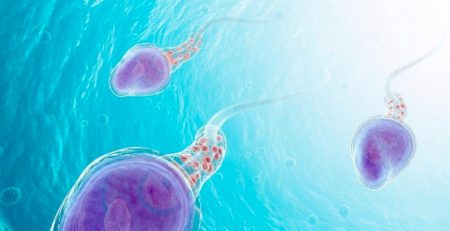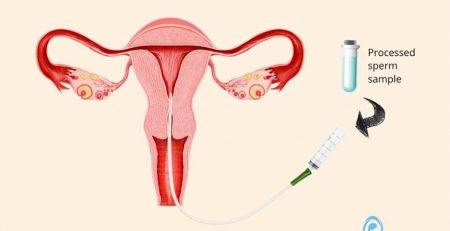Embryo Development: Stages of embryo growth with IVF
An embryo is formed when a sperm entered the egg and fertilisation occurred. As the embryo begins to grow, it develops into various embryonic stages. Let’s take a look at how an embryo develops into a blastocyst.
Fertilised egg
The signs of fertilisation can be seen one day after intracytoplasmic sperm injection (ICSI). In a normal fertilised egg, it will have two pronuclei. If there are more or less than 2 pronuclei, it will result in an abnormal fertilised egg.
2 cells stage
After successful fertilisation, the single cell that was fertilised should divide to become 2 cells.
4 cells stage
After the first division, 2 cells will further divide into 4 cells. Ideally, the embryo should be in 2 – 4 cells stage on day 2 after ICSI.
8 cells stage
On day 3, the embryo should have about 8 cells. It is possible for embryo transfer on day 3 or freeze. However, based on case-by-case basis, it is recommended to culture the embryos till blastocyst stage to enable for selection of best embryos for transfer or freezing. Do note that there is possibility that some embryos may stop growing or may not reach blastocyst stage due to poor embryo quality.
Morula
On day 4, the embryos are in transition of becoming a blastocyst. It is a stage where multiple cells start to compact in an embryo.
Blastocyst
The embryo continues to grow to become a blastocyst on day 5. Some may take longer time and become a blastocyst on day 6. Blastocyst has inner cell mass and trophectoderm which subsequently differentiate into the foetus and placenta respectively in the later stage of embryo development. Usually, embryologist will grade the blastocyst based on the 3 criteria:
a) The degree of expansion of the cavity
b) The quality of inner cell mass (ICM)
c) The quality of trophectoderm cells (TE)












